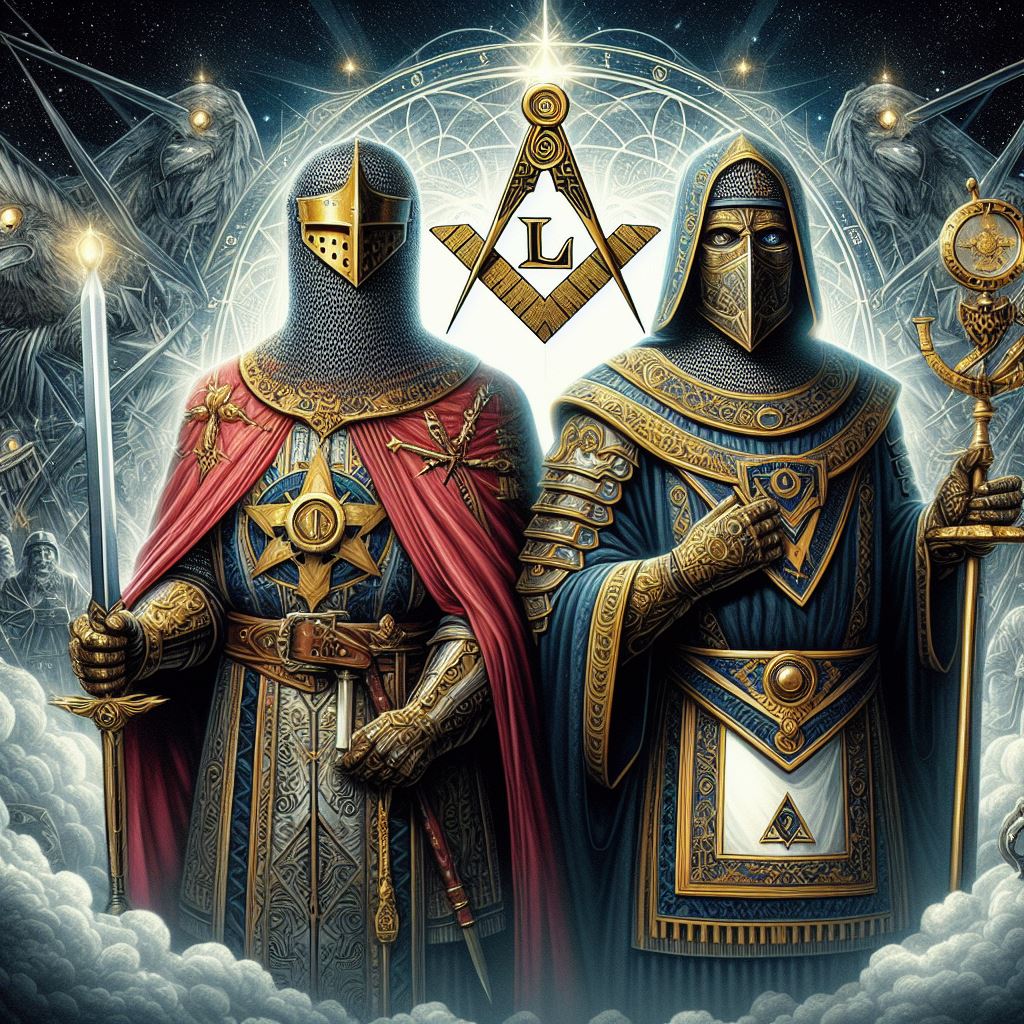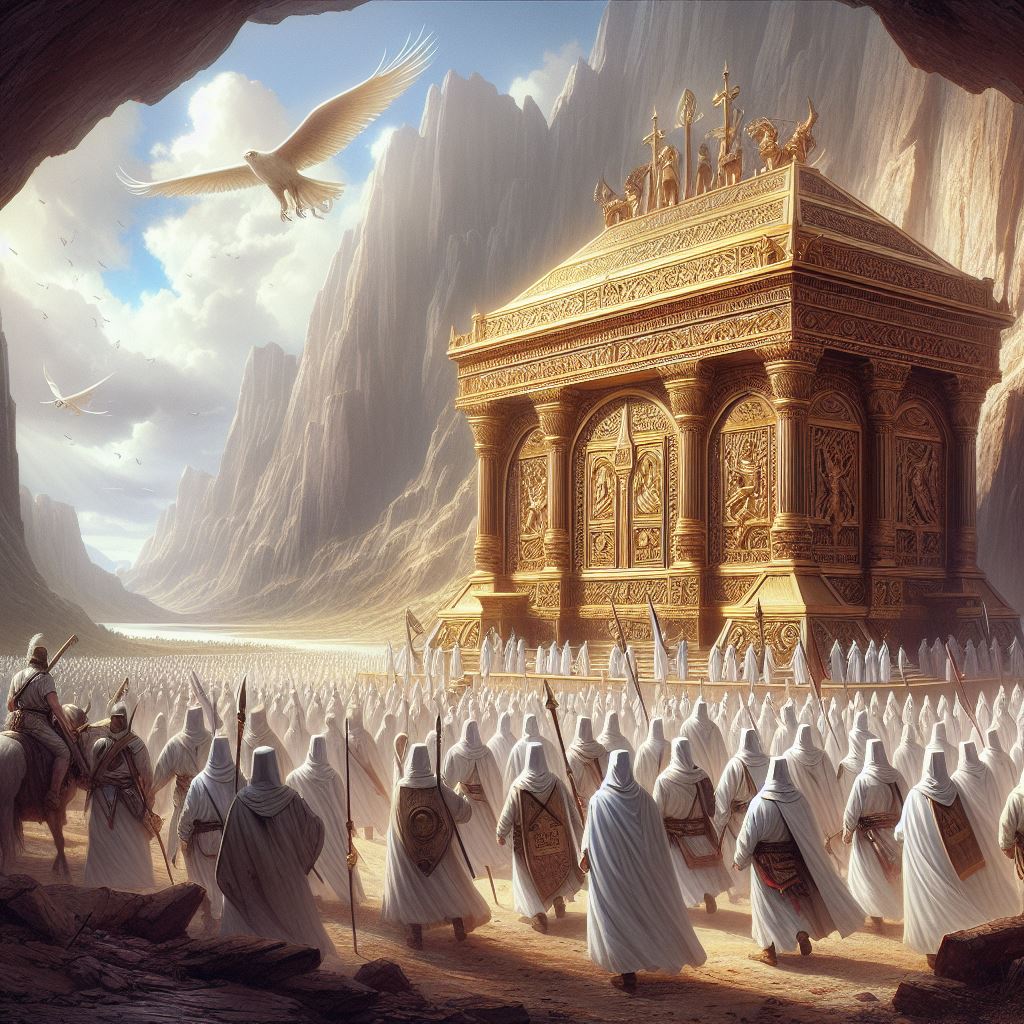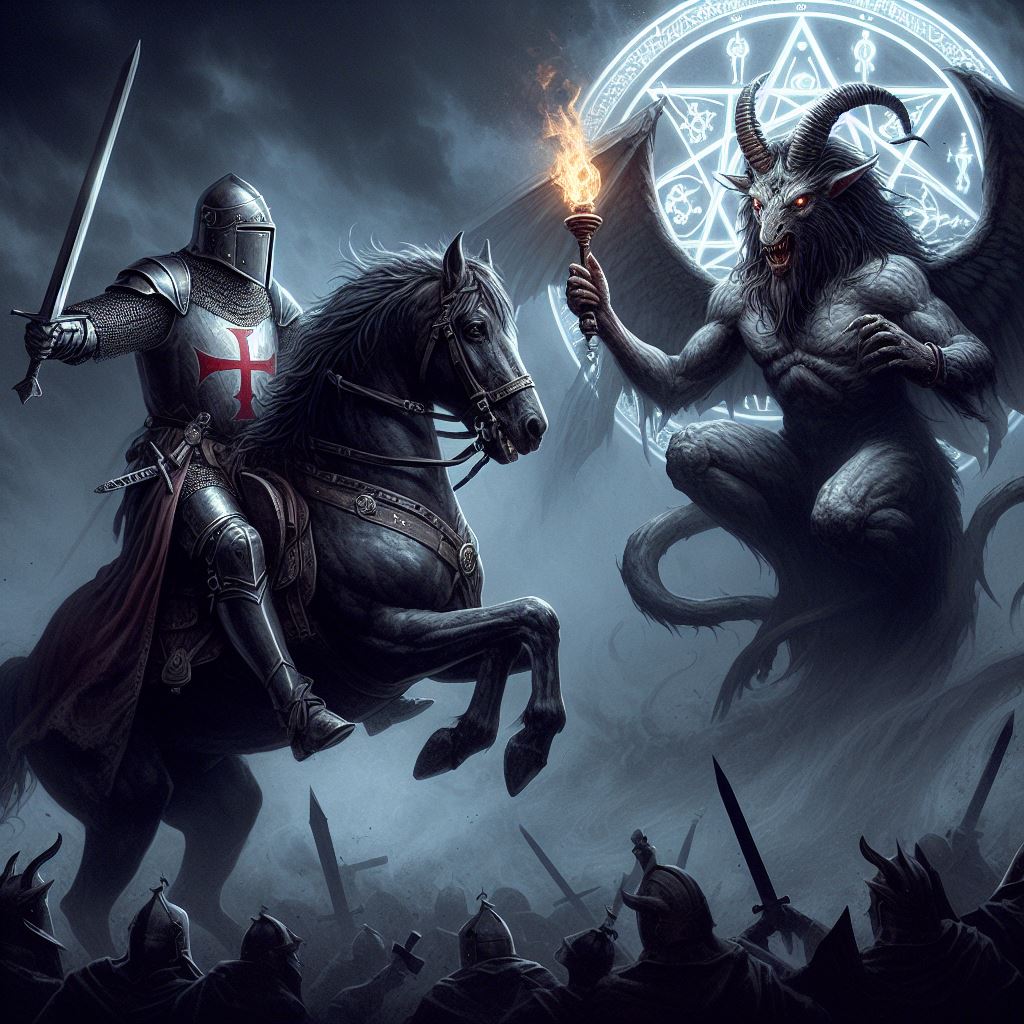It’s like a game of Templar medieval Cluedo. Were the Knights Templar murdered with the Turkish mace in the banqueting hall or with the lance in the dovecote? The question I want to answer today is: who destroyed the Knights Templar? Come help me investigate!
The web is not short of sweeping conclusions so I thought I’d have a go at dissecting some of the theories – briefly of course, in the spirit of blogging!
WHO MURDERED THE KNIGHTS TEMPLAR – MOTIVE?
They got way too rich: The Templars did become very wealthy. Nobles placed their estates/wealth with the Order for safekeeping while on crusade. The Order developed ingenious ways of transferring wealth from one preceptory to another developing a primitive version of the modern banking system. They lent money to kings and popes who were not always disposed to paying that money back.
Conclusion: They were suppressed because they got way too rich and powerful.
They were out of control: Templars operated as an order of monastic warriors with their own command structure headed up by the Grand Master in Jerusalem. From early on in their history, the papacy gave the Templars an enviable degree of independence. They did not have to answer to local bishops, they ran their own estates as semi-independent fiefdoms, they could even recruit former excommunicates…only the pope could take them to task.
Conclusion: They were suppressed because they were just too big for their crusading boots.
The Templars had failed: The Templars were formed to protect pilgrims being attacked as they journeyed to the holy places in outremer. However, the order evolved in to a well-oiled military machine. Their estates around Europe funded their military exploits in the Holy Land.
Together with the rival order of warrior monks, the Hospitallers, they put some backbone in to the crusades. But from as early as the 1180s – just over 60 years from the order’s formation – things started to go wrong.
The defeat at the Horns of Hattin in 1187 wiped out the Templar success against Saladin at Montgisard. Now the brave knights were on the back foot. Barring a few outstanding moments, it was the Saracens who were now notching up victories – Battle of Jaffa, Battle of Al-Mansurah, Siege of Safad, etc. In 1300, together with the Hospitallers, the Templars tried to take Tortosa and failed dismally. The crusades were over.
Conclusion: With the veneer of invincibility wearing off and the crusades unraveling completely by the early 14th century, the Templars were well past their prime and a force no longer needed.
WHO MURDERED THE KNIGHTS TEMPLAR – SUSPECTS?
The Knights Hospitaller: There were two main orders of warrior monks in the Holy Land – the Knights Templar and the Knights Hospitaller. Both were engaged in the last attempt to establish a Christian foothold in the Holy Land in 1300. The Hospitallers were as wealthy as the Templars. After the suppression of the Templars, the Hospitallers acquired much of their property.
Conclusion: The Hospitallers wanted to preserve their wealth and position – so they were complicit in destroying the Templars.
The King of France: Philippe the Bel – or king Philip IV of France – fought wars on several fronts against the English and in Flanders. Wars cost money and he ran up impressive debts. To raise money, the king expelled French Jews in 1306 – the year before the Templars were outlawed.
He attacked the church and even sent a party of knights to arrest the pope who died as a result of his captivity. Philippe then got a more compliant pope – Clement V – based in Avignon and not Rome, who was far more compliant (if he knew what was good for him). Philippe also raided Lombard merchants for money to try and erase his debts. The king owed the Templars a great deal of money and they had turned him down for another substantial loan.
Conclusion: Closing down and expropriating Templar assets fitted in to a pattern of grabbing assets that was a hallmark of Philippe’s reign.
There are plenty of other factors to consider.
France had been divided by the Cathar heresy in the 12th and 13th centuries – a Gnostic variant on Christianity that exposed a deep well of resentment against papal interference in all aspects of political life. The result of the crusade against the Cathars was the emergence of the Dominican order and the inquisition. Possibly this created a climate where allegations of heresy against the Templars were more readily accepted.
Note: King Philippe’s top adviser William De Nogaret came from a family deeply implicated in the Cathar heresy.
Was De Nogaret over-compensating for the treachery of his own family by going in heavy on the Templars?
Or did he secretly hate them as agents of the pope in France?
Some argue that the Templars themselves were heretics and the church was forced to wipe them out to protect its position. This view comes in different variants but the recurring themes are that the Templars had either picked up heretical ideas in the East or even discovered ‘secrets’ (often dug up under the Temple of Solomon in Jerusalem, now the Al Aqsa mosque).
Those secrets of course include the Holy Grail. Evidence is thin on the ground though some of the symbols much beloved of the Templars raise eyebrows – for example the demi-god Abraxas.
There is also the theory that having failed in the Holy Land, the Templars now consisted of a large army, well funded and organised, with not much to do. Where was it going to go? How would its hunger for power be sated? Were the Templars even contemplating some kind of coup d’etat against the French king?
And of course – were the Templars engaging in those practices that caused so much abhorrence to the medieval mind? The charge of sodomy was of course leveled against them by a bishop, incidentally, who went on to level the same charge against the English king, Edward II. His charges stuck in both cases.
The jury is still out and this is one game of Cluedo that hasn’t drawn to a conclusion after seven hundred years of being played.












These kinds of historical puzzles are really easy to solve, all you have to do is figure out how a certain organisation started and then you know why they ended.
The Templars are part of what I call the The Catholic Empire: a European-wide political entity that united the people of Europe, unified the law and regulated foreign affairs and defence.
When that empire crumpled the new powers (kings) removed all resistance, like the Templars. Once you understand that then you can see that almost all the reasons you cite above are more or less correct; you only missed the historical context.
“The thing that hath been, it is that which shall be; and that which is done is that which shall be done: and there is no new thing under the sun.” — Ecclesiastes 1:9